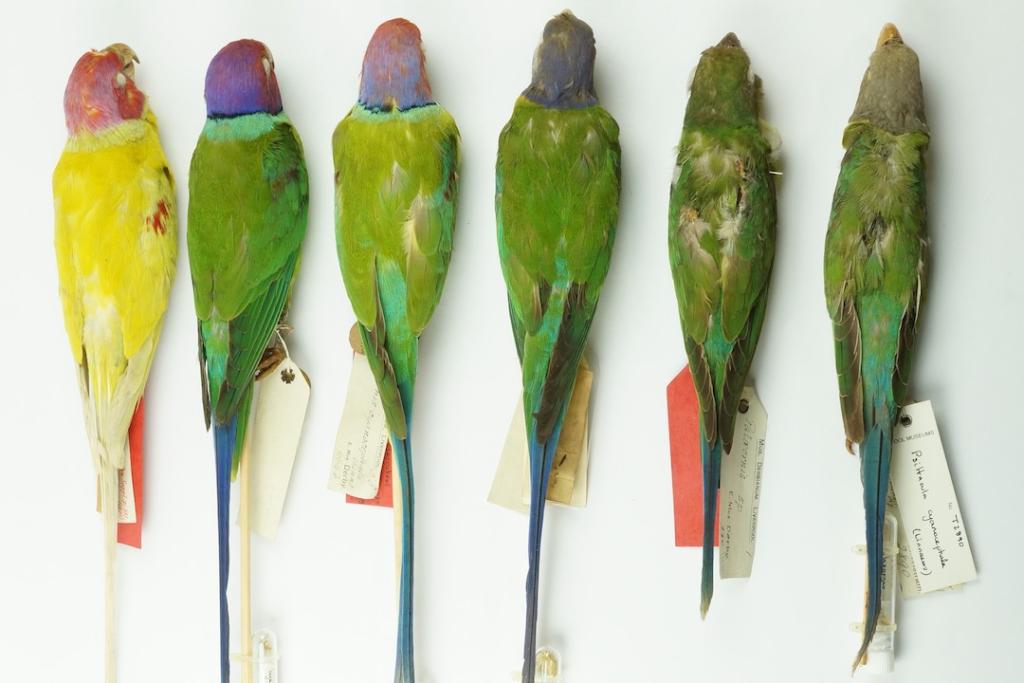The five new bird species...that weren’t
Our Lead Curator of Zoology, Dr John James Wilson, takes a look at exiting discoveries of new species that ended up, well, a bit of a flop.

Our Lead Curator of Zoology, Dr John James Wilson, takes a look at exiting discoveries of new species that ended up, well, a bit of a flop.
